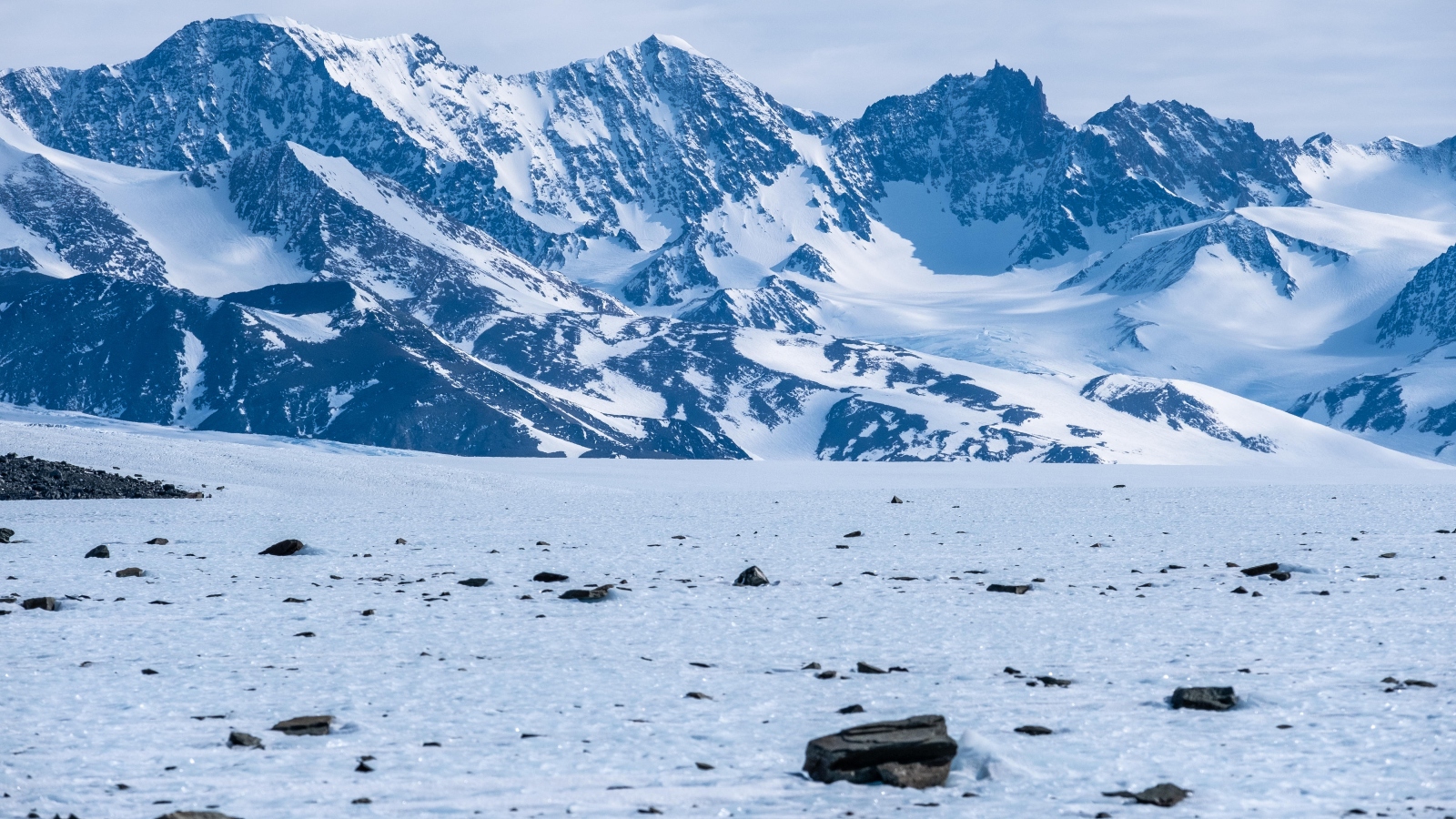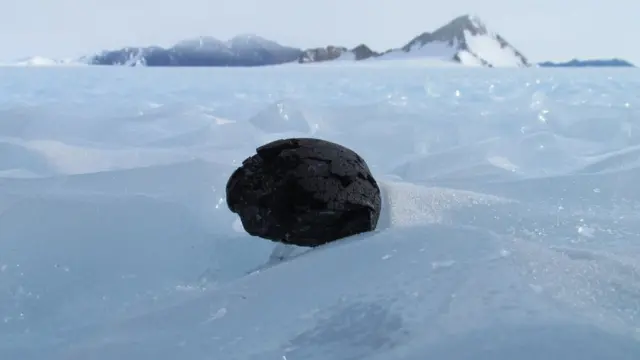Antarctica’s Strange Secret Why Meteors Keep Landing Here
The Martian Meteorite: A Mysterious Story

**Humble Beginnings**
Looking at an ordinary rock on the beach, no one would think that it has a great story behind it. This rock weighs about 4 pounds, has a dull color and a simple shape, like many other rocks we might encounter. However, the truth is that this rock originated from Mars, made a long journey to Earth and eventually fell into Antarctica. Sounds much more interesting, right?
**Amazing discovery**
This meteorite was discovered in 1984 by researcher Roberta Score of the Antarctic Search for Meteorites (Ansmet) project. This project aims to find and study meteorites that have fallen into Antarctica. The meteorite is named after the area where it was found – Allen Hills – and is designated ALH, along with the year of discovery and sample number. However, when Roberta found the stone, its origin was still unclear.
**Different from other meteorites**
One thing that puzzled researchers was that this meteorite had a different composition than other groups of meteorites found on Earth. At first, no one knew it was a “tourist” from Mars. It was only when scientists discovered traces of gases similar to the atmosphere of the red planet that they began to connect the dots and determine the origin of the stone. This was made possible by analysis from the Viking Lander in 1976, which showed that the chemical composition of this meteorite was very similar to the atmosphere of Mars.
**History of the stone**
This meteorite is believed to have formed about 4 billion years ago on Mars. One day, a huge collision sent the stone into space, starting its journey as an asteroid. The rock was originally much larger than what we know today. About 13,000 years ago, it collided with Earth, ending its epic journey.

**Important discovery in 1996**
Although the rock didn’t become famous until 1996, NASA made a major discovery. Researchers began to wonder if the rock contained traces of life on Mars. They found magnetite particles that were identical in structure and chemical composition to magnetite particles produced by bacteria on Earth, called magnetofossils. This suggested that there may have been life on Mars at the time the rock was formed.
**New discovery in 2020**
In April 2020, scientists from the Japan Aerospace Exploration Agency discovered nitrogen-containing organic matter in the meteorite. The discovery opens the door to new research into the possibility of life on Mars and what the rock can reveal about the Red Planet’s past.
### Antarctica: Meteorite Paradise
**A Meteorite Hunter’s Paradise**
Antarctica is a prime place for meteorite hunting, with nearly 50,000 having been found and hundreds of thousands more still waiting to be discovered. Researchers estimate that around 1,000 are discovered there each year, but at the same time, around 5,000 more are being buried due to global warming. This has raised concerns that hundreds of thousands of precious meteorites could be lost if urgent action is not taken.
**The Difficulty of Finding**
While Antarctica has great potential for finding meteorites, it is not easy. Researchers face many challenges in locating these meteorites, including harsh weather conditions and heavy ice. To increase the chances of finding meteorites, they recommend searching at the base of mountains or in areas where rocks are exposed above the ice.
**The Impact of Climate Change**
Climate change is having a negative impact on the search for meteorites. As temperatures rise, many of the meteorites that have been found are disappearing as ice melts and becomes buried. Scientists are working on models to predict where meteorites might resurface in the future. Some of these models consider ice cover, surface temperature, and ice flow rates.
### New Technology in Search
**Developing Smart Maps**
To improve the search, researchers have developed a smart map that uses satellite data and machine learning. This map highlights areas that are most likely to contain meteorites based on climate and ice data. Places with ice that is not covered by snow, known as “blue ice,” are often the best areas to look for meteorites.
Ideal locations to search
Ideal locations for searching for meteorites include coastal areas and near mountain ranges with blue ice. Searching for meteorites is more than just an adventure; it also requires knowledge of geography, climate, and environmental conditions. Scientists emphasize that developing methods for searching for meteorites is extremely important if we want to preserve these precious stones and the stories they bring.
Conclusion
A meteorite from Mars is more than just an ordinary rock; it carries within it a great story of life and evolution in the universe. By exploring these stones, we can not only learn about their origins but also uncover the mysteries of life on other planets. Current efforts to search for meteorites in Antarctica can help us better understand the formation of the solar system and may open the door to exciting scientific discoveries in the future.








